The TRITON STUDIO V2 was released in 2003, adding audio-track functionality using the built-in HDD. 61 keys, 62-voice polyphony, 32MB ROM sounds, 16MB Sample RAM (expandable to 64MB), Stereo Sampling features, AIFF/Wave/Akai compatible, built-in Sequencer
The TRITON STUDIO V2 was released in 2003, adding audio-track functionality using the built-in HDD. This function only allowed for two tracks, but it supported track bouncing (ping-pong recording) as well as per-track signal routing with built-in effects, making it possible to use the audio-track in the same manner as the synthesizer section. This function could also be linked to the In-Track Sampling function that had been installed on previous models, allowing this model to create an even more diverse music production environment.
In addition to the above, the TRITON STUDIO was also filled with specific functionality expansions and improvements that scratched users’ itches with regard to music production, such as a tone-adjust function that allowed for temporary tone adjustments to be done easily, an auto song setup function that allowed for songwriting to be done in one go from program/combination mode, loading from sample CDs and ripping from audio CDs,
Korg Triton Keyboard, 61 keys, 62-voice polyphony, 32MB ROM sounds, 16MB Sample RAM (expandable to 64MB), Stereo Sampling features, AIFF/Wave/Akai compatible, built-in Sequencer



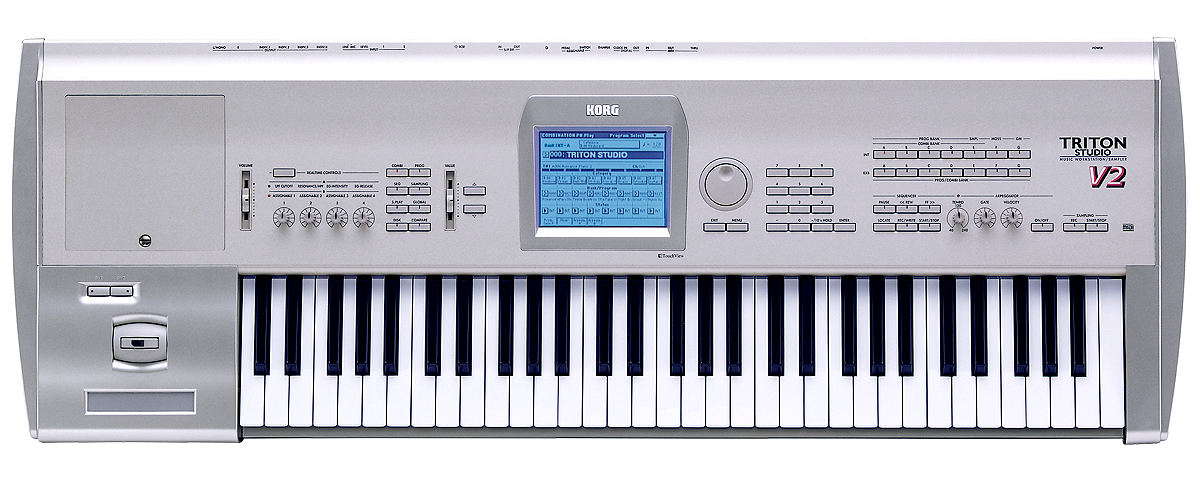
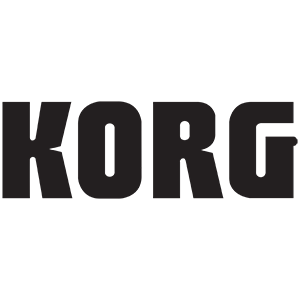
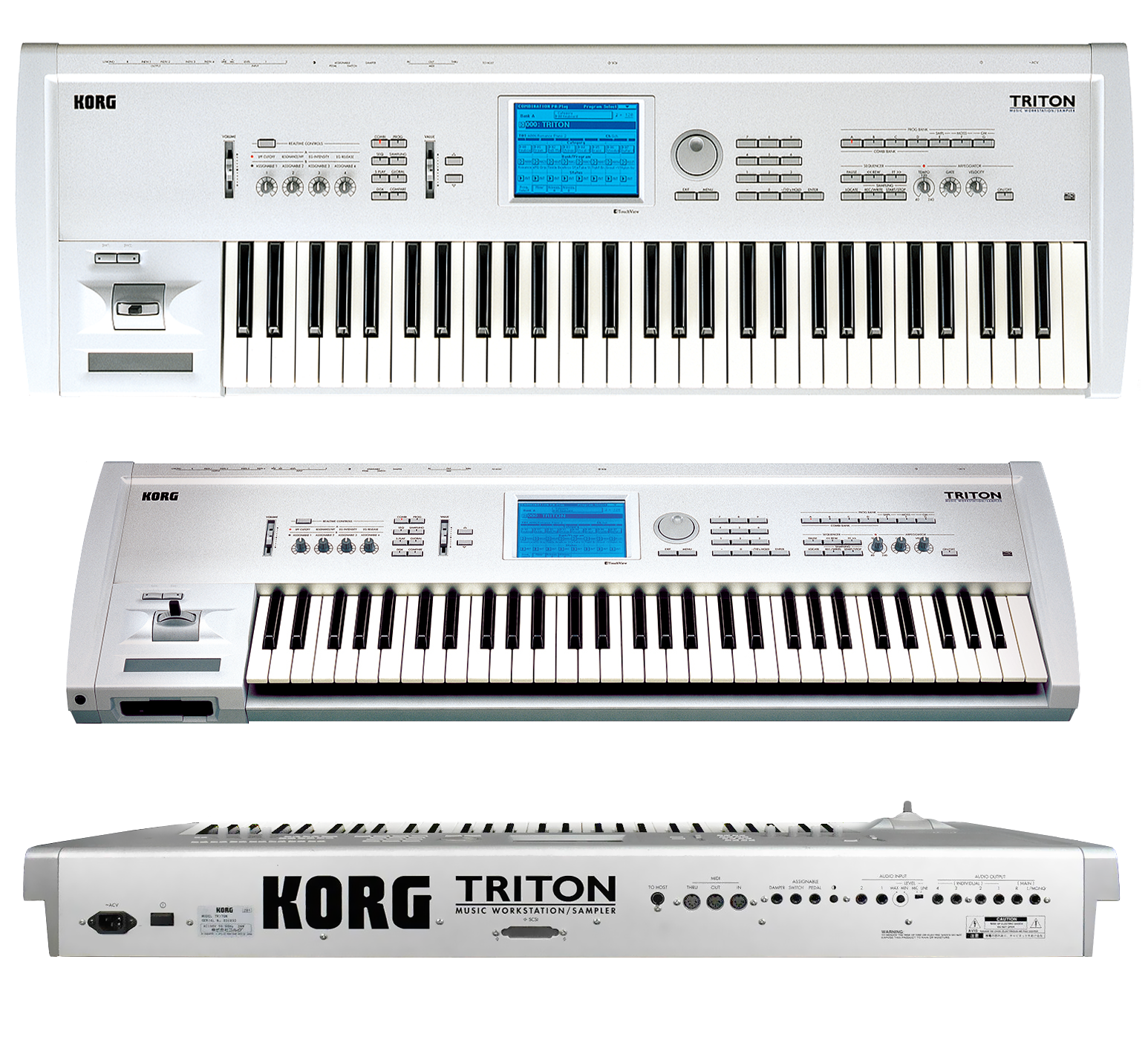



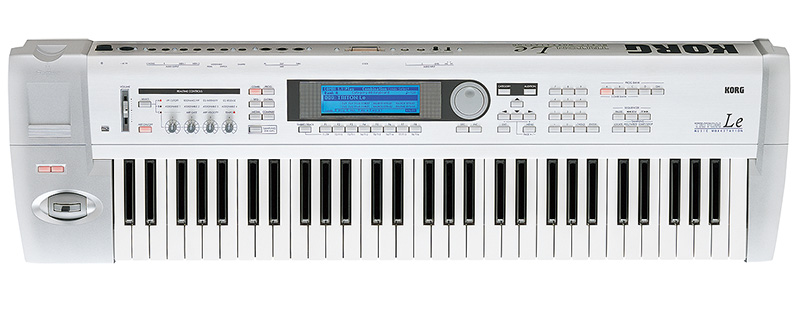


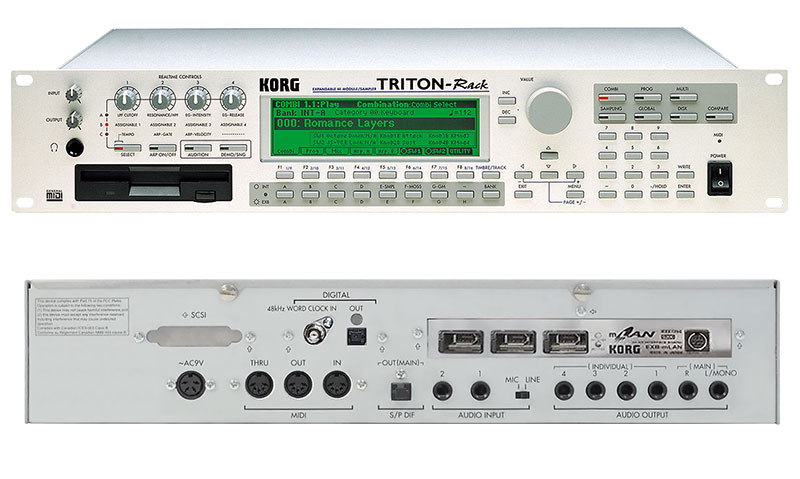
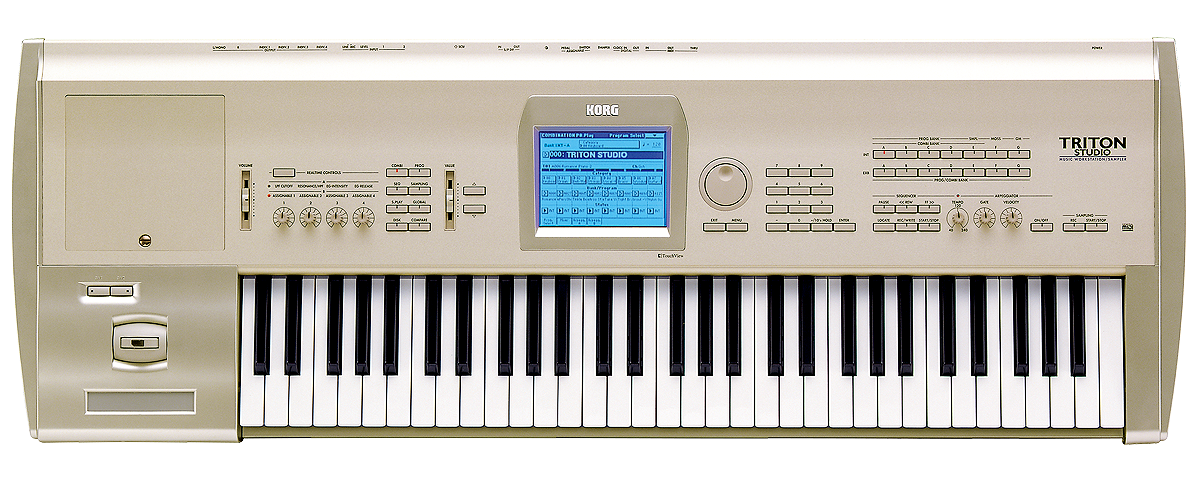
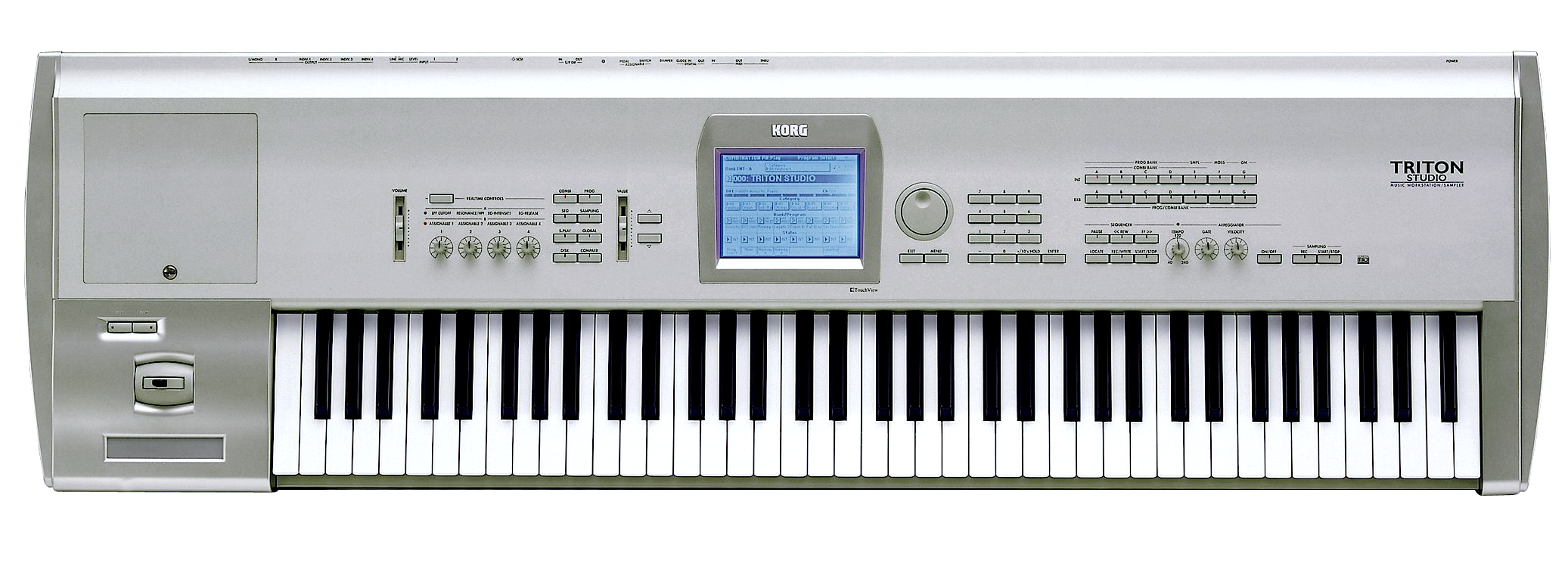
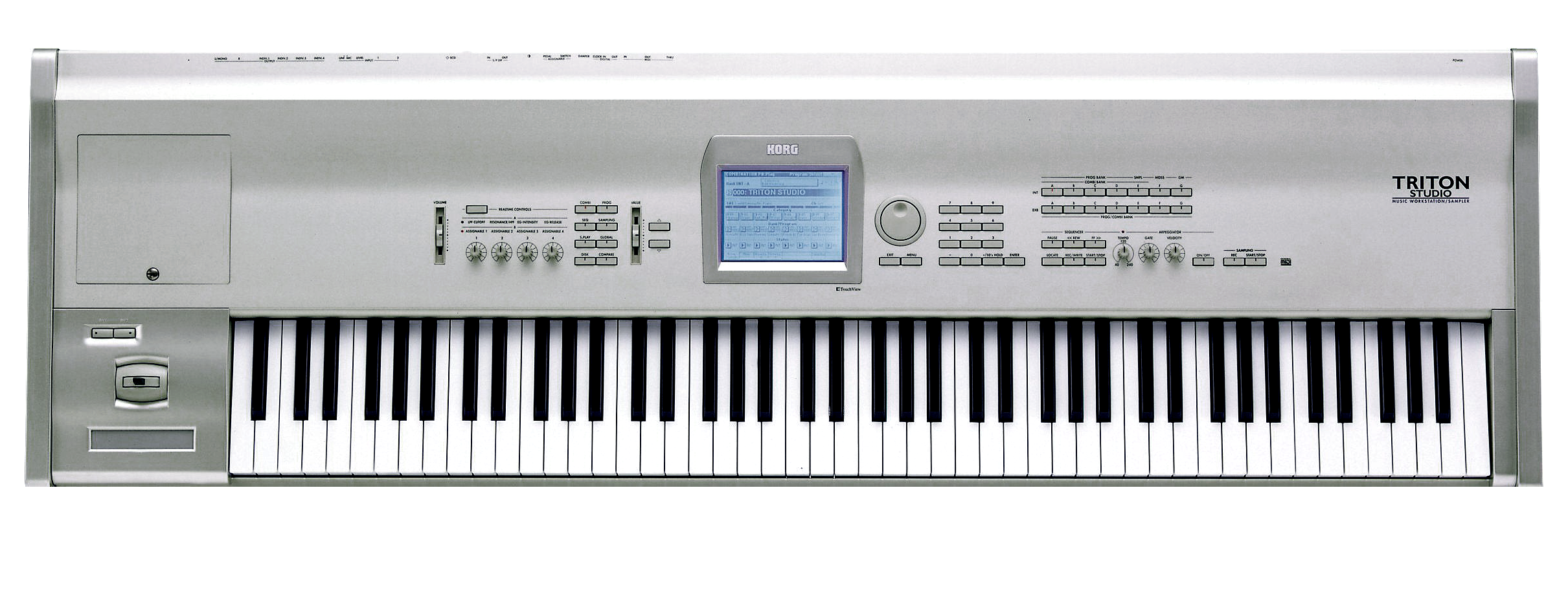
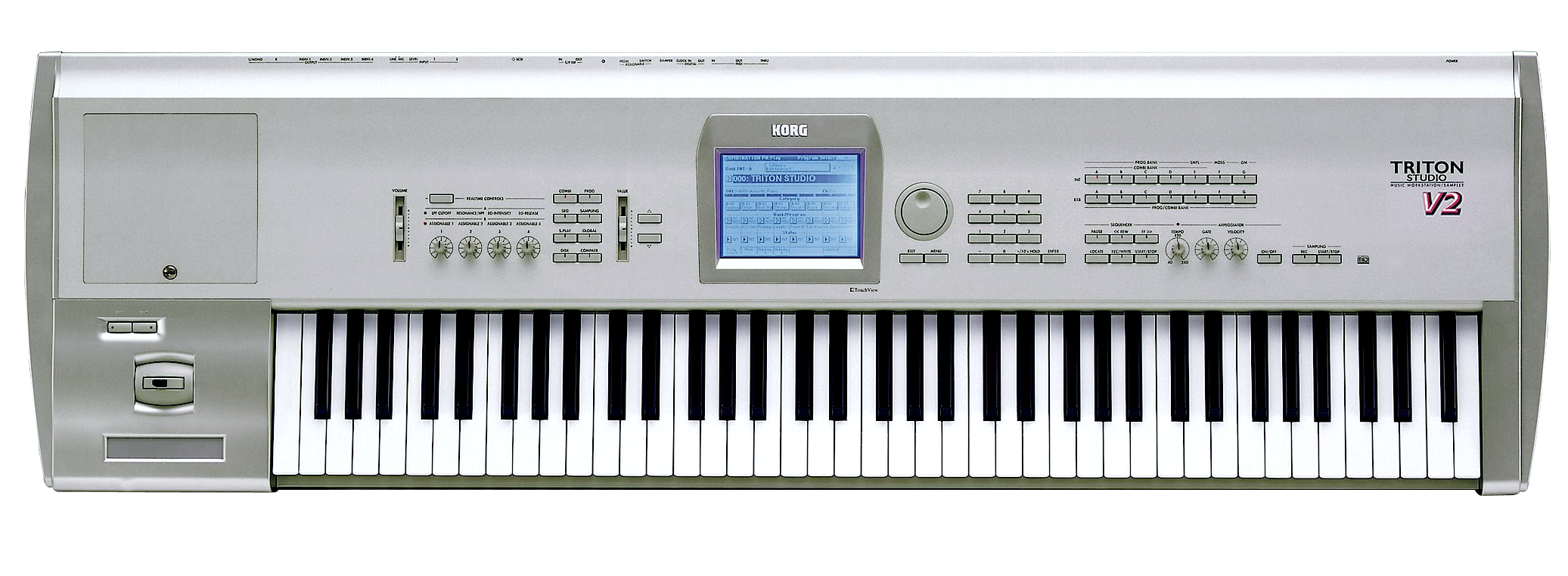
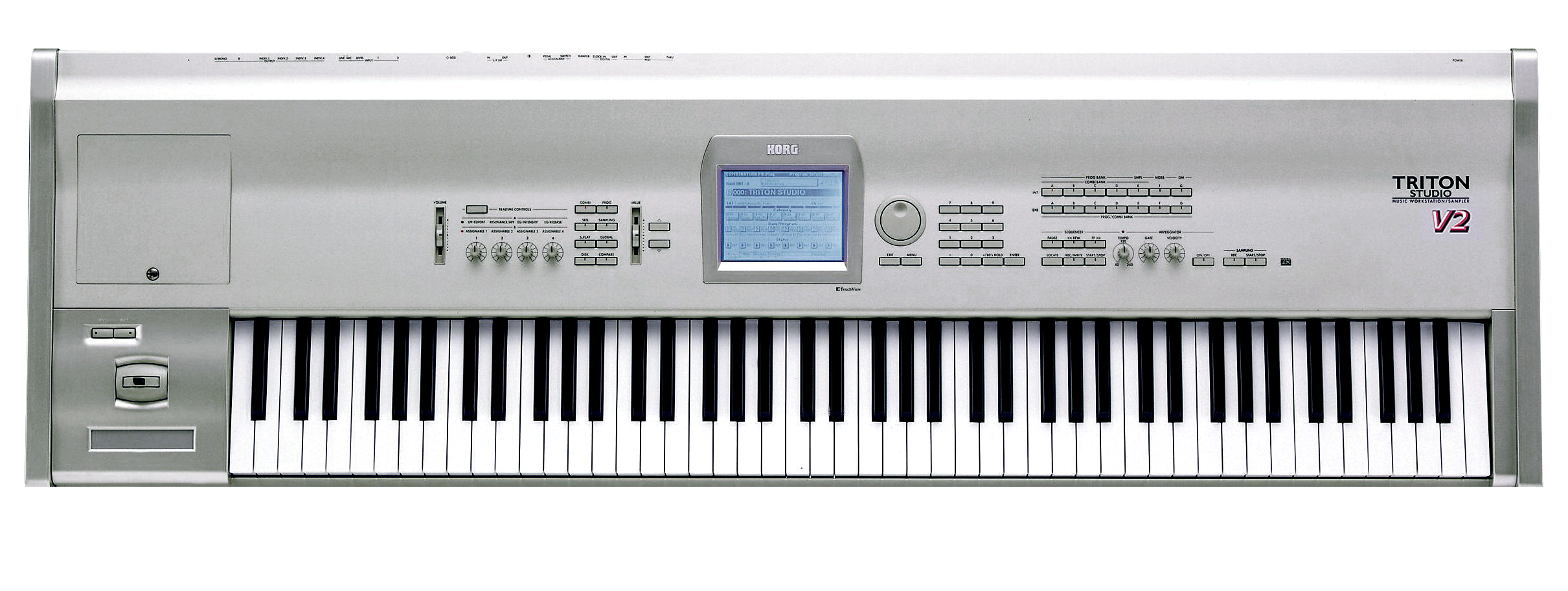
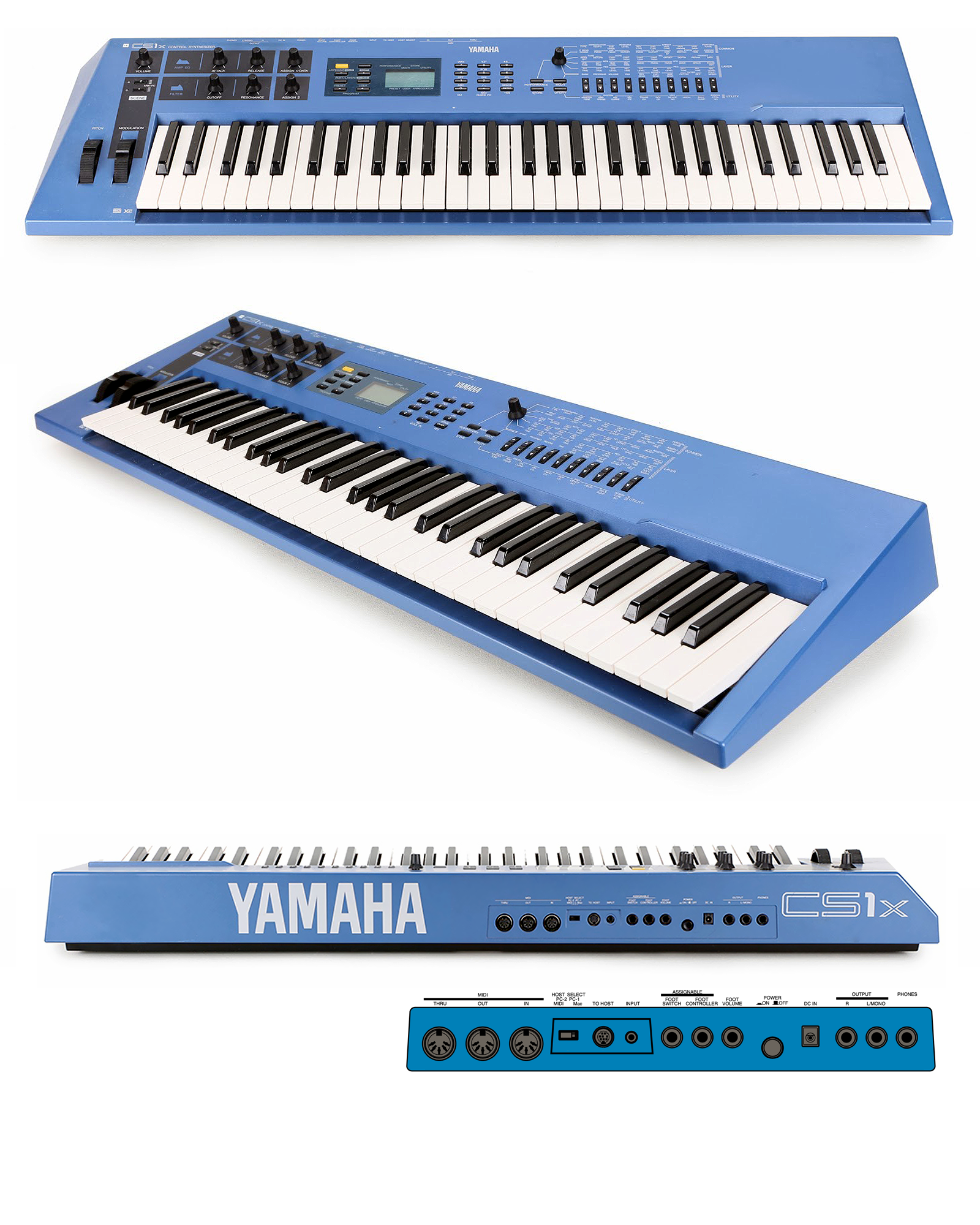
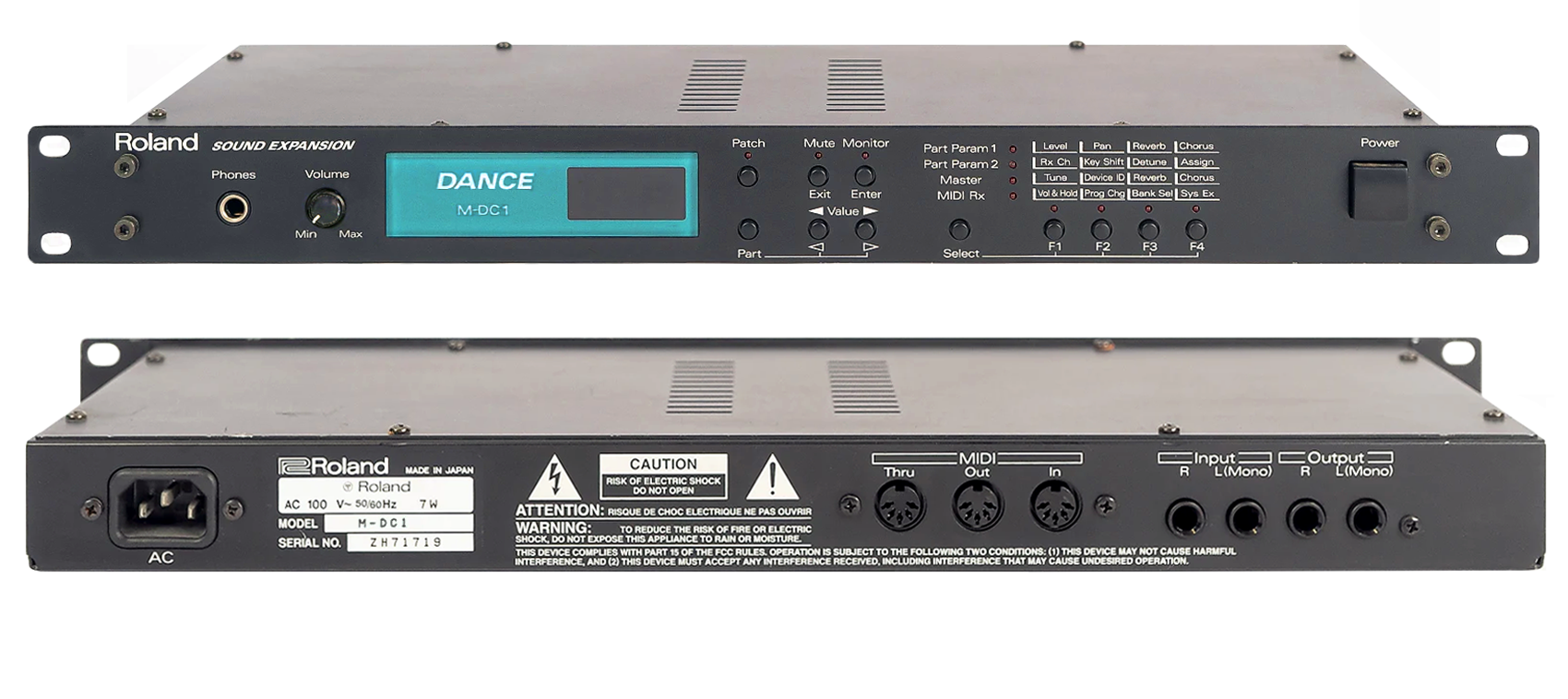
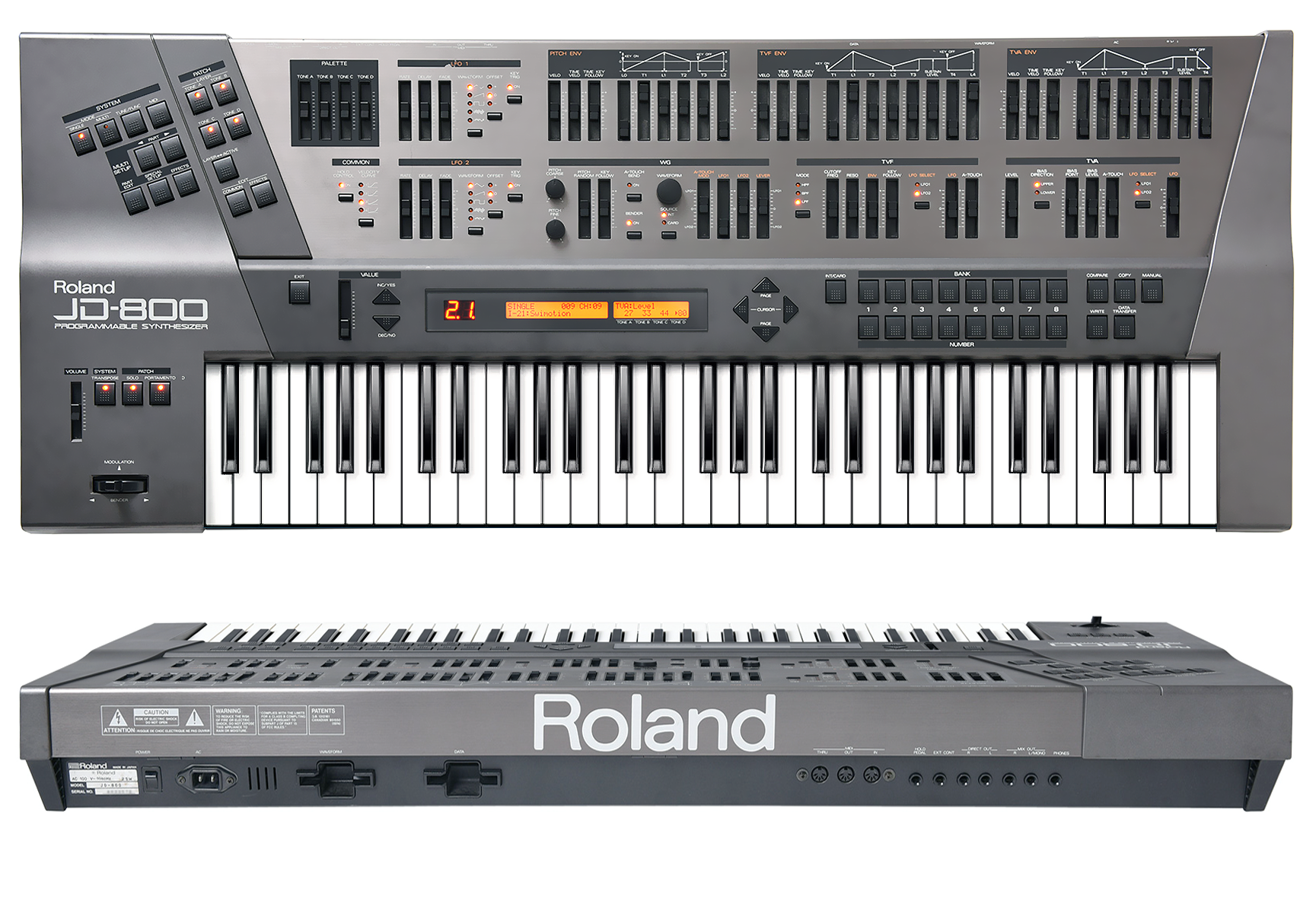
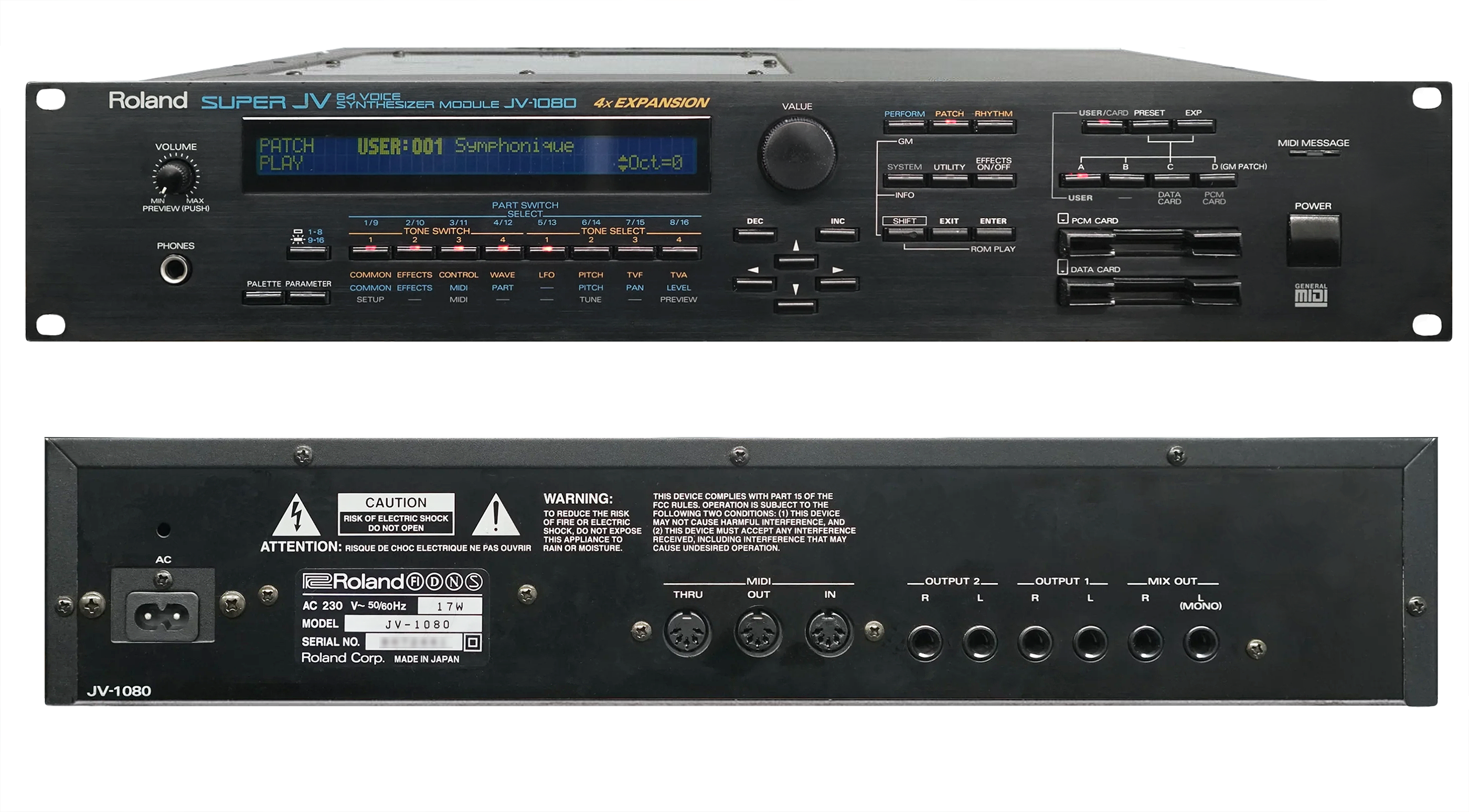

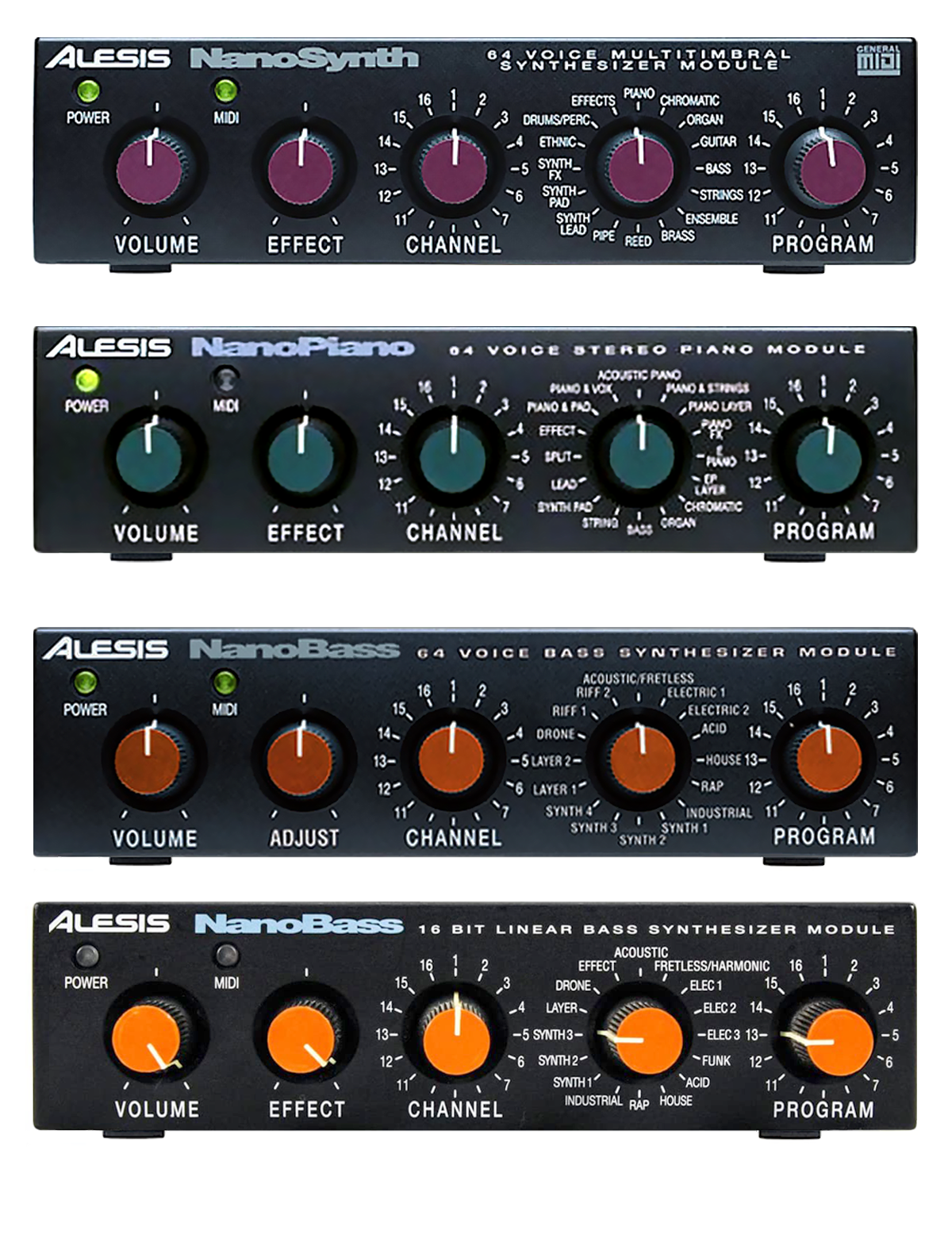
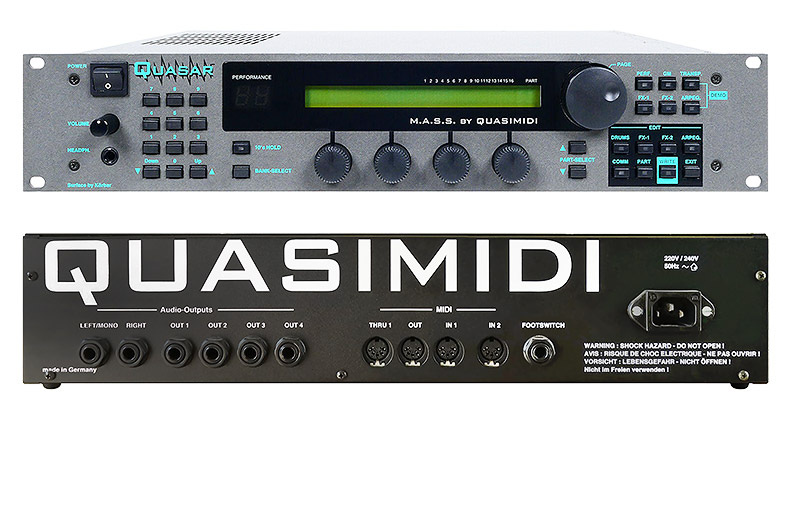
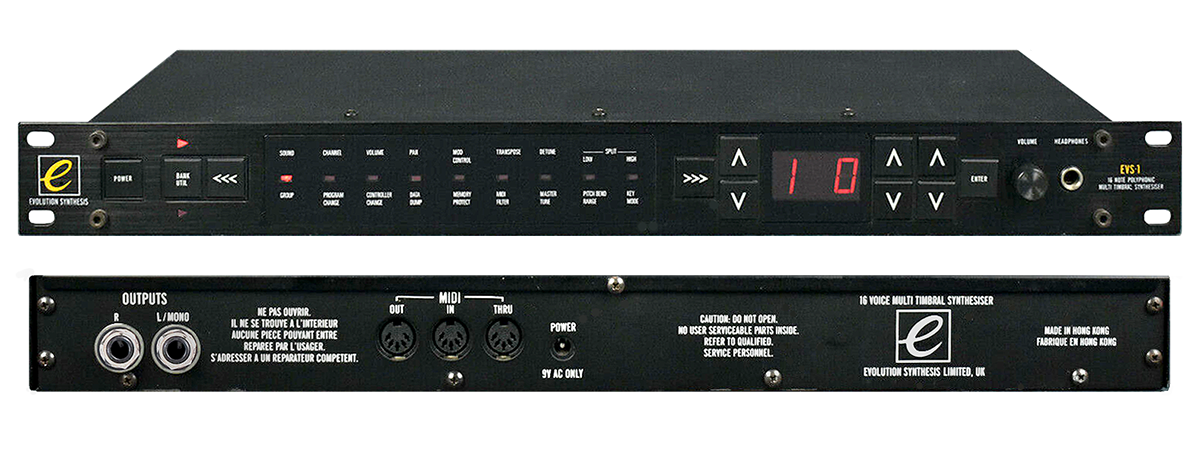
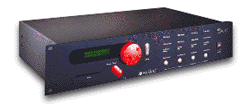

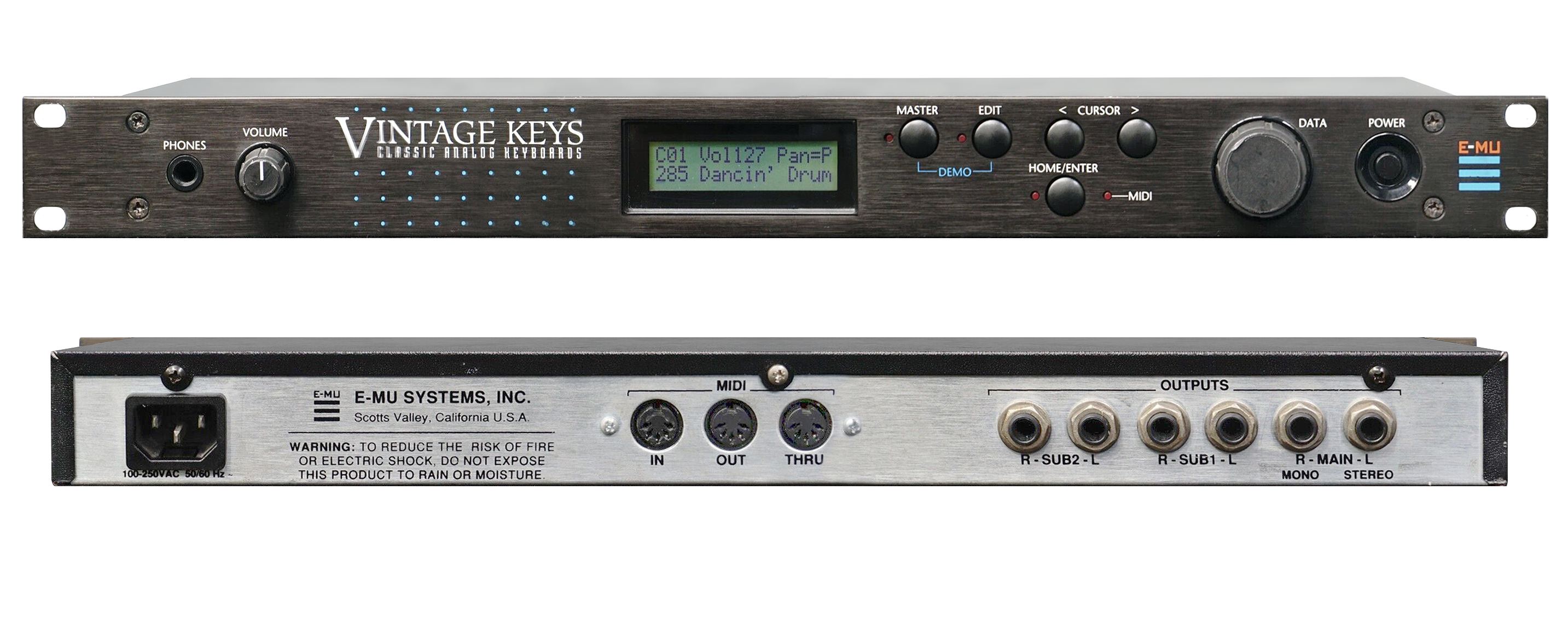

0 comments
Add review/comment